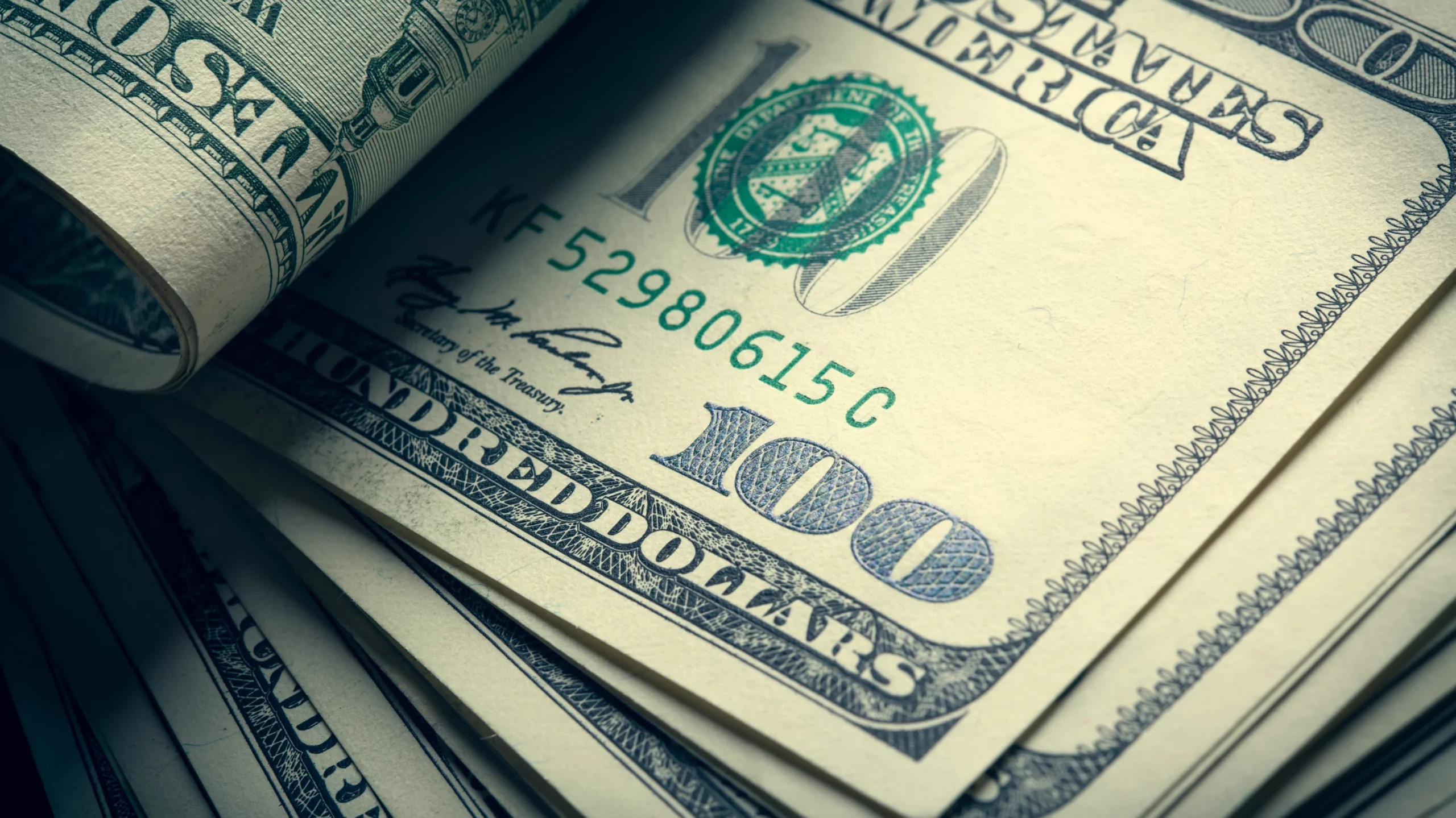The US dollar dropped this Friday following news of slower-than-expected job growth in the United States for October.
After a national holiday, Brazilian investors responded. They considered monetary policies from Brazil and the US.
The Brazilian central bank cut the Selic rate. It dropped by 0.50 percentage points. Now, it’s 12.25% per year.
The US Federal Reserve made no change. Its rates stayed between 5.25% and 5.50%.
At 10 a.m. in Brasília, the US dollar traded at 4.89 Brazilian reais. This is 1.25% less than before.
In the session before, the US dollar’s closing was 4.96 reais. That’s a drop of 1.62%. The day’s highest was 5.04 reais. The lowest was 4.95 reais.
Since the start of the year, the Brazilian real has gone up by 6.87% against the dollar. The highest was on January 3, reaching 5.46 reais.

The lowest was 4.73 reais on July 31. On average, the dollar has been 5.01 reais this year.
This year, the real is the third strongest among 23 emerging market currencies.
The Colombian peso leads the year. It’s up by 16.63%. The Argentine peso has the biggest loss. It’s down by 97.62%.
Here’s how Latin American currencies stand this year:
- The Colombian peso has gained 16.63%.
- The Peruvian sol is up by 0.95%.
- The Mexican peso has risen by 10.18%.
- The Chilean peso is down by 4.46%.
- The Argentine peso has dropped by 97.62%.
Also, Brazil’s Ibovespa went up. It grew by 1.69%, reaching 113,143.67 points last Wednesday.
Background
The Selic rate cut by Brazil signals a strategic move. It aims to boost economic growth. Lower interest rates can encourage spending and investment.
It’s a response to current economic conditions.
Globally, central banks influence economies this way. They adjust interest rates to manage inflation and growth.
Brazil’s rate cut contrasts with the US Federal Reserve’s decision. The US maintained its rates to curb inflation.
The real’s strength against the dollar is significant. It reflects investor confidence and economic prospects.
A strong currency can reduce import costs. It also impacts inflation and purchasing power.
The performance of the Ibovespa index suggests investor optimism. It’s due to Brazil’s economic policies and market dynamics.
Stock market gains can signal positive economic health.
The varied performance of Latin American currencies shows diverse economic realities. Regional economies face unique challenges and opportunities.
Currency values affect trade, investment, and economic stability in each country.

